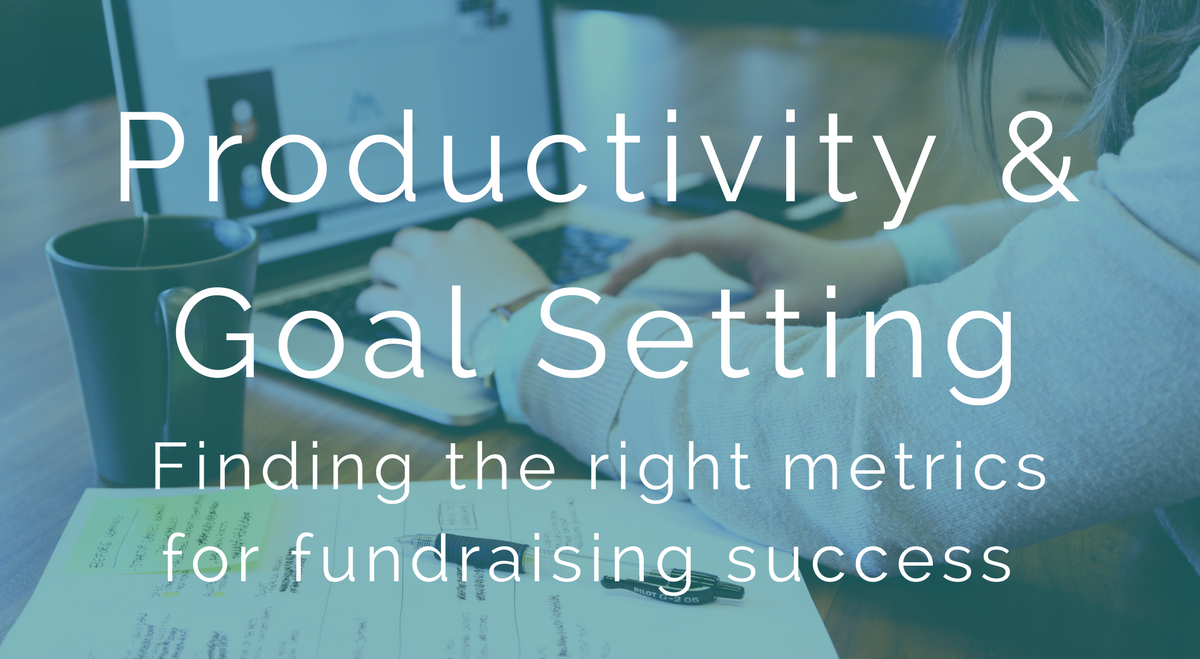
04 Jan Finding the right metrics for fundraising success

Vanity metrics.
Those metrics that sound really fancy, but they don’t help you to DO anything differently.
- # facebook likes (so what—what’s next after that? Where’s the call to ACTION?)
- # people on your newsletter list (meh . . . how many are donors? How much do they give? Why do they give?)
- # new donors (wow—that sounds important. Yes. But not unless you know how many you LOST last year alongside of those new donors.)
I believe in metrics. We all need goals, and targets to measure our success against.
But the most important metric you need to measure is you against YOU. Finding a way to benchmark yourself against . . . well . . . yourself, is critical if you’re going to empower your fundraising team and board with achievable goals.
Benchmark your shop’s fundraising success ROI year over year. It’s the simplest, and the most important #metric you’ll ever track. #fundraisingmojo ← Tweet this
If you track only ONE metric, track your overall fundraising effectiveness: How much did your raise, divided by how much it cost for you to raise it. Fundraising ROI. Consider staff costs (15% for staff benefits), infrastructure costs (FR databases, printing/admin, etc.) in your calculations.
Whatever you decide to include on the expenses side, be consistent so that you can compare this important benchmark year over year. This will help your team and your board to:
- Understand the impact of hiring a new staff member, and how they help drive that upper number on the ROI equation
- Focus less on the total dollars raised, and more on the “effectiveness” of fundraising.
- See progress when building in systems and processes at your fundraising shop.
I’ve got a one-page outline of key metrics that I track with my clients. You can download it here:
DOWNLOAD the Fundraising Metrics Guideline
I’m going to be diving into more metrics in this month’s blog posts. Be sure to sign up so you don’t miss any of our discussions about annual giving, events, major gifts and more.

TAKEAWAY
Analysis requires quiet time. Find a place to calculate your ROI for your shop for the past 3 years. Is your effectiveness increasing? Decreasing? Why? What do you need to do to improve your results? You are your own chief visionary officer. And if you need help getting started, reach out at [email protected].
